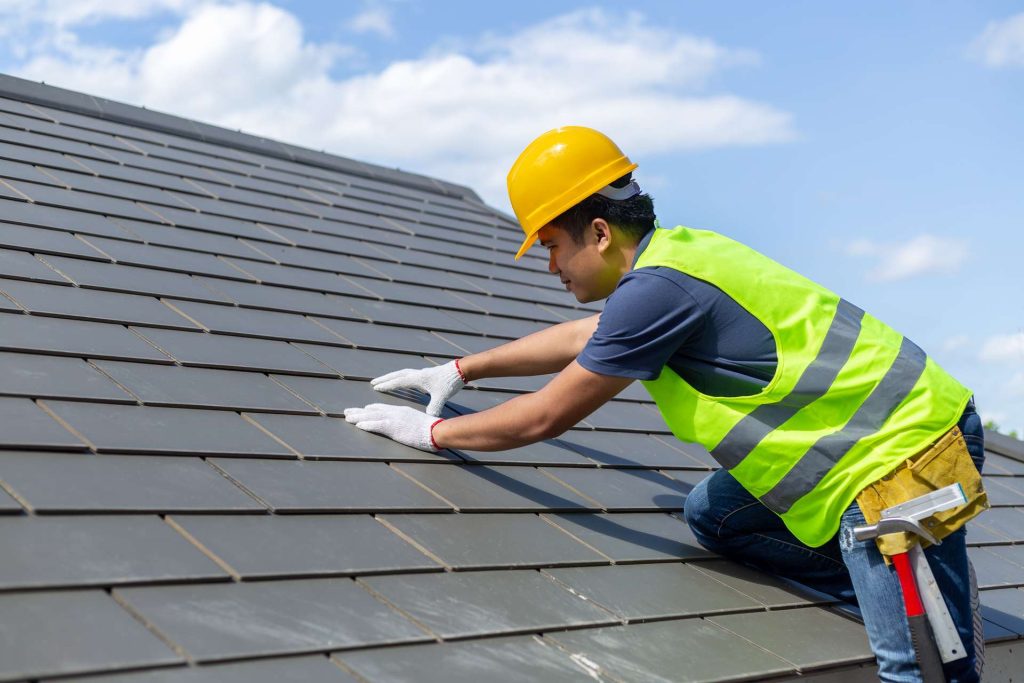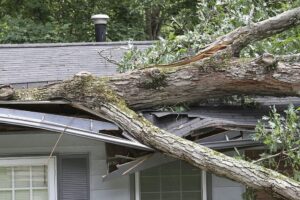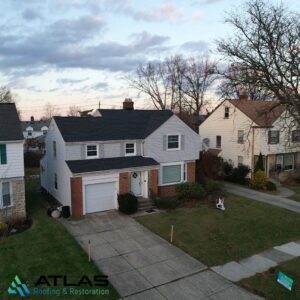When it comes to roofing, one of the most important decisions a property owner faces is selecting the right type of roofing material. While there are various materials available, roofing shingles remain one of the most popular choices for both commercial and residential properties. However, despite their similarities, commercial and residential roofing shingles are not the same. They differ in several key areas, including design, material composition, installation, and cost. In this blog, we’ll compare commercial vs. residential roofing shingles and explore their differences to help you make an informed decision for your property.
What Are Roofing Shingles?
Before delving into the differences between commercial and residential shingles, it’s essential to understand what roofing shingles are and how they function. Roofing shingles are individual, flat pieces of material used to cover the roof of a building. They are designed to overlap each other to protect the underlying structure from weather elements like rain, wind, and snow. Roofing shingles come in a variety of materials, such as asphalt, wood, metal, and slate, and can be used for both commercial and residential buildings.
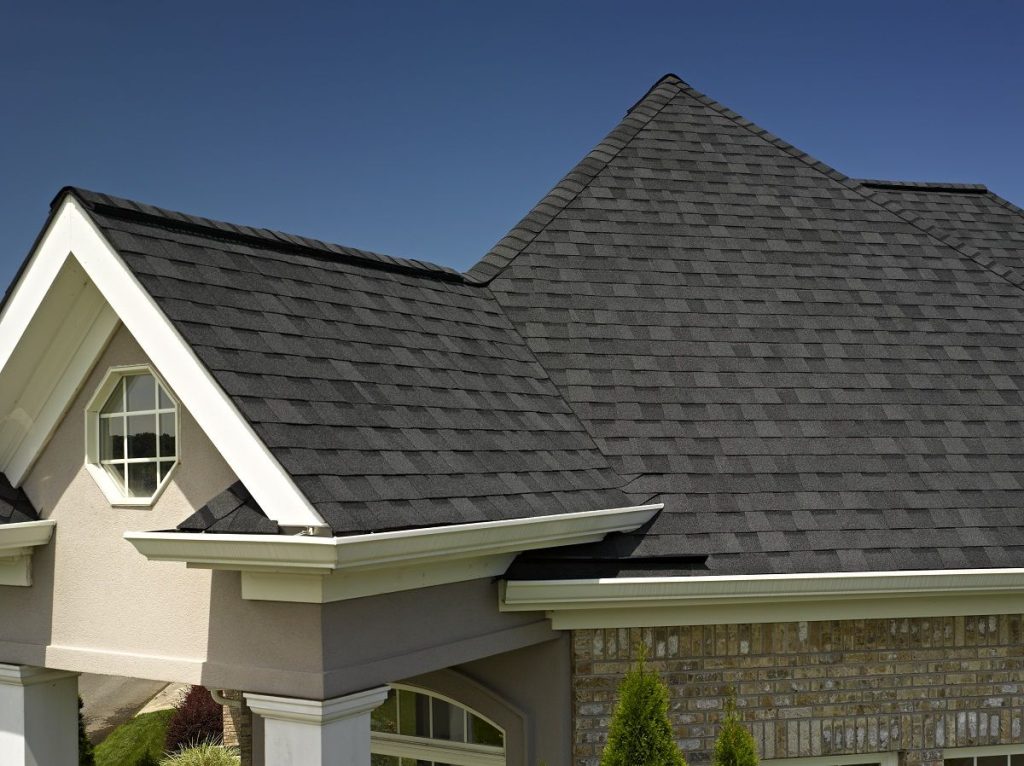
Key Differences Between Commercial and Residential Roofing Shingles
While both types of shingles serve the same fundamental purpose – protecting the building from the elements – there are several distinctions between commercial and residential shingles. Let’s take a closer look at these differences in terms of design, materials, durability, installation, and cost.
1. Design and Appearance
One of the most noticeable differences between commercial and residential roofing shingles is their design and appearance.
- Residential Roofing Shingles: Residential shingles are typically designed with aesthetics in mind. They come in a wide range of colors, styles, and textures to complement the architectural style of the home. Asphalt shingles, the most common choice for residential roofs, come in either 3-tab shingles or architectural shingles (also known as dimensional shingles). Architectural shingles have a more layered, three-dimensional appearance, which gives the roof a more textured and visually appealing look.
- Commercial Roofing Shingles: Commercial roofing shingles, on the other hand, are more utilitarian in design. They prioritize function over appearance, as commercial properties tend to have flat roofs or low-sloped roofs that require different types of shingles. Most commercial roofing shingles are made from materials like TPO (thermoplastic olefin), EPDM (ethylene propylene diene monomer), or modified bitumen, which are often installed in large sheets rather than individual shingles. These materials are chosen for their durability, energy efficiency, and low maintenance, rather than their visual appeal.
2. Materials
The materials used in roofing shingles differ significantly between commercial and residential applications.
- Residential Roofing Shingles: The most common material for residential shingles is asphalt. Asphalt shingles are affordable, easy to install, and offer a decent lifespan (usually 20-30 years). In addition to asphalt, some homeowners opt for wood shingles or wood shakes for a more natural, rustic look, although these options require more maintenance. Other materials used for residential roofs include metal shingles (for a more modern, industrial look) and slate shingles (for a high-end, durable finish). Asphalt shingles are the most widely used due to their combination of affordability and performance.
- Commercial Roofing Shingles: Commercial properties often require roofing materials that can handle larger, more complex roofs. As a result, modified bitumen, TPO, EPDM, and PVC membranes are typically used for commercial roofs. These materials are rolled out in large sheets and offer seamless protection, reducing the risk of leaks. They are also designed to handle the weight and traffic associated with commercial roofs, which may include HVAC systems, antennas, and other equipment. These roofing systems are highly durable, energy-efficient, and require less maintenance than traditional shingles.
3. Durability and Lifespan
Durability is an important factor when considering both residential and commercial roofing shingles. While both types of shingles are built to withstand weather elements, there are notable differences in their expected lifespan.
- Residential Roofing Shingles: Asphalt shingles generally have a lifespan of 20-30 years, depending on the quality and maintenance. Premium materials like metal shingles and slate shingles can last much longer, with lifespans of 50 years or more. Residential roofs are often subject to wind, rain, snow, and other weather conditions, so durability is a major consideration for homeowners.
- Commercial Roofing Shingles: Commercial roofing systems are built for even more durability and longevity. Materials like EPDM and TPO can last anywhere from 20 to 40 years, depending on the quality of the installation and maintenance. These roofing materials are designed to handle extreme conditions, including high winds, heavy rainfall, and UV exposure. Additionally, commercial roofs are generally flat or low-slope, which helps improve their longevity by reducing the impact of weather conditions such as ice dams or snow buildup.
4. Installation Process
The installation process for roofing shingles can vary significantly depending on whether the roof is residential or commercial.
- Residential Roofing Shingles: The installation of residential asphalt shingles is relatively straightforward and can usually be completed in a few days by a professional roofing contractor. The process involves removing old shingles, preparing the roof deck, and installing new shingles in an overlapping pattern to ensure water runoff. For other materials like wood or slate, the installation may take longer and require more specialized skills.
- Commercial Roofing Shingles: Commercial roofing systems typically require more complex installation processes. For example, materials like TPO or EPDM are often installed in large sheets or rolls, which are then heat-welded or mechanically fastened to the roof surface. Flat or low-slope roofs may also require additional layers of insulation, and special attention must be paid to drainage and ventilation. Due to the larger size and complexity of commercial roofs, professional roofing contractors with experience in commercial installations are typically required.
5. Cost
Cost is always a significant factor in any roofing decision, whether for residential or commercial properties. The price of shingles varies depending on the material, size of the roof, and complexity of the installation.
- Residential Roofing Shingles: Asphalt shingles are the most affordable option for homeowners, with average installation costs ranging from $3 to $5 per square foot. More premium options, such as metal shingles or slate shingles, can cost significantly more, ranging from $7 to $20 per square foot, depending on the material and complexity of installation. However, residential roofs tend to be smaller in size, which can help keep overall costs lower.
- Commercial Roofing Shingles: Commercial roofing systems generally have higher upfront costs due to the larger size of the roofs and the specialized materials used. For example, TPO and EPDM roofing systems typically cost between $5 to $12 per square foot, depending on the quality and type of material used. Additionally, the cost of installation may be higher due to the need for professional commercial roofing contractors and the specialized equipment required for larger roofs.
6. Maintenance and Repairs
Both commercial and residential roofing systems require ongoing maintenance to ensure they remain in good condition. However, the maintenance needs for each can differ.
- Residential Roofing Shingles: Asphalt shingles are relatively low-maintenance compared to other materials. Regular inspections, cleaning gutters, and checking for damage from storms are essential to maintaining the longevity of a residential roof. Wood shakes may require more frequent maintenance, including re-sealing or re-staining, to maintain their appearance and prevent rot.
- Commercial Roofing Shingles: Commercial roofs, especially flat roofs, may require more frequent maintenance to address issues like pooling water, debris buildup, and minor damage from foot traffic or equipment. However, materials like TPO and EPDM are designed to be low-maintenance and resistant to UV damage, making them relatively easy to care for over time.
Which Roofing Shingle Is Right for Your Property?
When choosing between commercial and residential roofing shingles, it’s important to consider the specific needs of your property. For homeowners, asphalt shingles are typically the most cost-effective and aesthetically pleasing option, while commercial properties require more durable, low-slope solutions like TPO, EPDM, or modified bitumen.
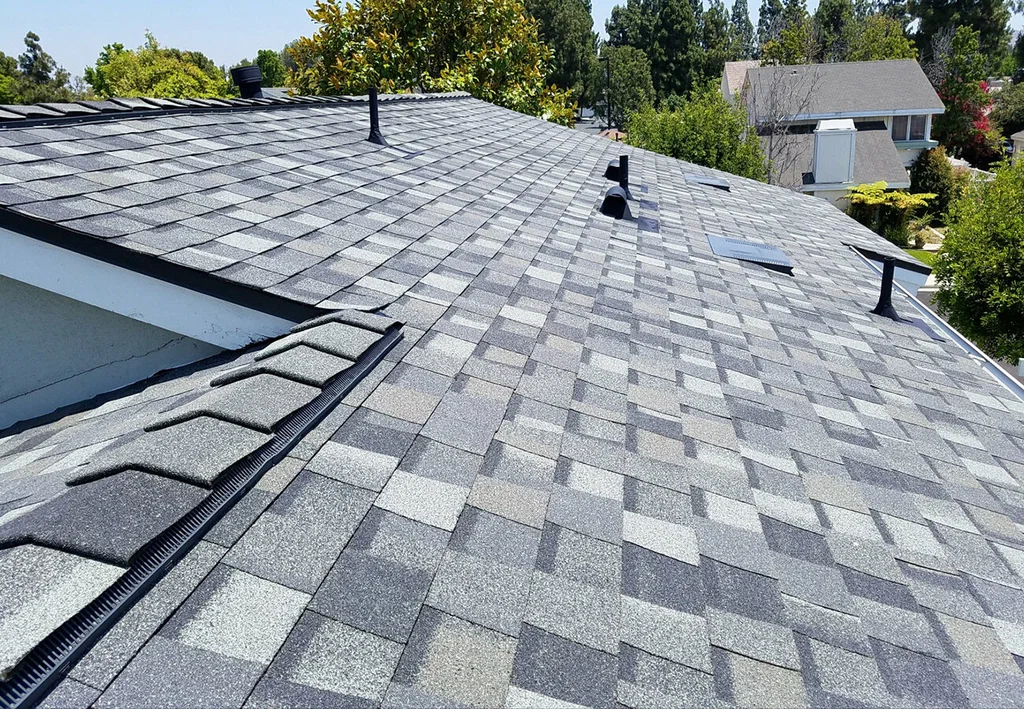
If you’re unsure about which roofing system is best for your property, consulting with a professional roofing contractor can help you make the right decision based on your budget, roof size, and long-term goals.
Conclusion
Understanding the differences between commercial vs residential roofing shingles is crucial when making decisions about your property’s roof. Whether you’re installing a new roof for a home or business, choosing the right material can significantly impact your roof’s performance, longevity, and maintenance requirements. If you’re in need of professional roofing services, Atlas Roofing & Restoration offers expert installation and repair solutions for both residential and commercial properties. Our experienced team is ready to help you select the right roofing system for your needs and ensure your roof remains in top condition for years to come. Contact us today for more information on our services.

